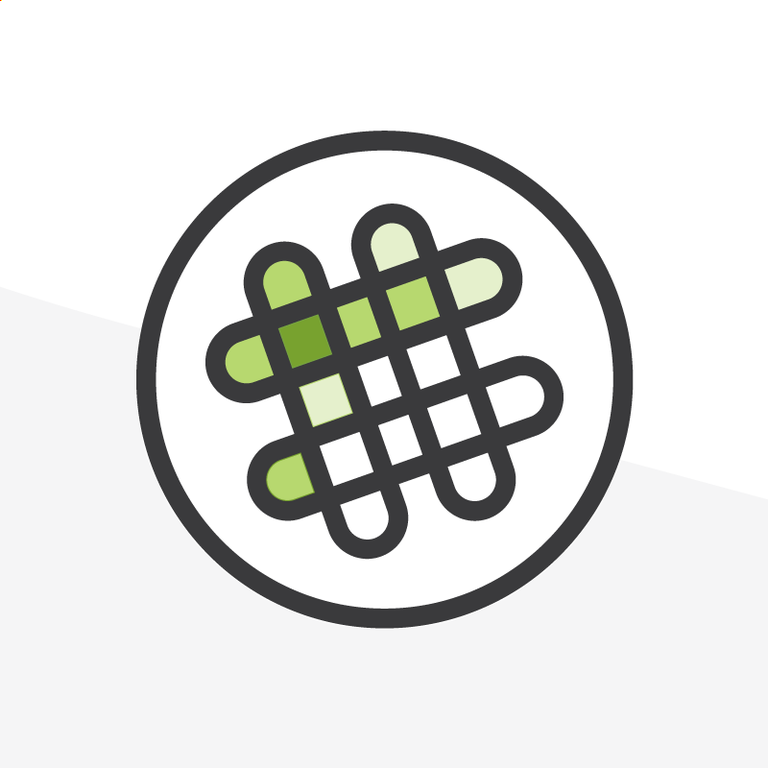
10 Years of Slack at Arkus: What We’ve Learned
In 2015, Arkus made the leap from Google Chat to Slack. At the time, we had far fewer employees, a light footprint in email, and a mix of other communication tools like Salesforce Chatter. Google Chat worked fine, and I wasn’t exactly hunting for another instant messaging tool, especially one that might add cost.
Then one of my employees pitched this thing called Slack. “It’s free,” they said. Fine. I gave a small team 30 days to pilot it and come back with a report. When they did, they showed me channels, gifs, emojis, keyboard shortcuts, and slash commands—the works. I agreed to give it a try.
I was hooked almost immediately. The first win was the granular control over notifications by channel, by app, and by mobile vs. desktop. (Fast forward: all my notifications are now off, and we did an entire webinar about how to do it, too. Watch the Living in a Distraction-Free World Webinar here.) The keyboard shortcuts sealed the deal. We rolled it out company-wide, and email volume dropped while collaboration soared.
Fast forward 10 years, and Slack is our office. Yes, the official records live in Salesforce, Google Drive, and other systems, but the doing happens in Slack. We’ve built standards, naming conventions, Salesforce integrations, and workflows around it.
Here’s the part where I admit I was wrong: in 2015, I insisted Slack be replaceable. Ten years later, replacing it would be hard. It’s too deeply embedded in how we operate and is a tool that everyone loves.
So, what have I learned after 10 years of using Slack? Here’s my list:
1. Go all in or don’t bother
Slack works best when it’s fully adopted into your business process. Half-measures don’t stick. Once it’s embedded, replacing it is… let’s just say “unlikely.”
2. Default to open channels
Transparency beats silos. Make channels open unless there’s a real reason to keep them private. We’ve seen collaboration improve dramatically just by removing unnecessary borders. It saves time and a lot of questions.
3. Channels > DMs
Fight the urge to direct message (DM). Put work in channels, @mention the people who need to know, and let others jump in if it’s relevant to them. Collaboration happens when conversations are visible.
4. Use threads—always
Threads keep conversations organized and help people follow (or ignore) discussions without cluttering the main channel. Mastering channels, threads, and mentions is the Slack trifecta of productivity.
5. Standardize and train
Without communication standards, Slack can get chaotic, even overwhelming. Naming conventions, archiving policies, and best practices keep things organized. Train everyone on Slack, and keep training them.
6. Control notifications and set boundaries
Encourage people to batch their Slack time, set statuses, and use the Active mode. Slack should work for you, not constantly interrupt you.
7. Slack isn’t your system of record
Reference documents and data, but store the official version somewhere else. Slack is for collaboration and communication, not for permanent storage.
8. Embrace asynchronous meetings
Replace some live status meetings with async updates in Slack using short, under five-minute videos, with screen shares in the relevant channel. Saves time and keeps people focused on work.
9. Be intentional with connections
Connecting with external organizations in Slack can be powerful, but if they don’t use it well, it can feel like bad email. Choose wisely.
10. Automate everything you can
Reminders, workflows, Salesforce integrations—treat Slack like the serious business tool it is.
Slack has scaled with Arkus because we’ve built strong guardrails, automated where it made sense, and treated it like a core application, not just another chat tool. Ten years in, it’s hard to imagine our work without it. And if I’m being honest, I don’t want to.
After many years of using Slack internally to grow Arkus, we now support clients with implementing and customizing their own Slack integrations as well. If you would like to learn more about Slack and how to implement it, reach out to us to through our contact form or connect with me on LinkedIn.
